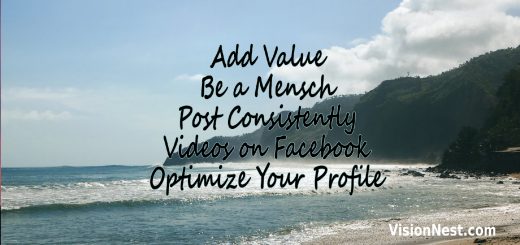Lessons from the “Career Essentials in Generative AI by Microsoft and LinkedIn” course; Part I
I finished the four-and-a-half-hour “learning path” on LinkedIn Learning titled Career Essentials in Generative AI by Microsoft and LinkedIn. Its official description: Discover the skills needed to apply generative AI in your career. Learn the core concepts of artificial intelligence and generative AI functionality.
- Develop an understanding of generative AI models.
- Learn the ethical considerations of using generative AI.
- Explore the impact of generative AI tools.
It consists of six courses, some of which provided more new information for me than others. Here is a short list of ideas and concepts I found useful, relevant, or exciting from the first four courses. Depending on your level of expertise, you might learn differently from them than I did.

Below are my key learnings from the “What Is Generative AI?” course by Pinar Seyhan Demirdag, including two models and a useful alliteration :
Generative Adversarial Networks (GANs) “A game of forgery as a metaphor. Imagine you have an artist called The Generator who is trying to recreate a painting that is so realistic that it looks like a famous painting. And you have another person called The Discriminator who’s an art expert and trying to spot the difference between the real painting and the forgery. The Generator creates a painting and The Discriminator evaluates it, giving feedback to the generator on how to improve the next iteration. The Generator and The Discriminator played this game repeatedly until The Generator creates the painting that is so realistic that The Discriminator can’t tell the difference between it and the real painting.”
Variational Autoencoders (VAE). “These models can be used for anomaly detection by training the model on a dataset of normal data, and then using the trained model to identify instances that deviate from the normal data.”
“There’s a very high possibility that certain parts of your job that are repetitive, dirty, dull, dangerous, or difficult, the four D’s, can be automated? As a result, you will have more time focusing parts of your skills that are more human-centric, like creativity, problem solving, empathy, and leadership.”
The second course “Generative AI: The Evolution of Thoughtful Online Search” by Ashley Kennedy, where I learned the term reasoning engine and got a refresher on tips for prompt engineering.
“A reasoning engine is a system that uses logic and inference methods to draw conclusions, make decisions, summarize information, or solve problems based on available data and knowledge. …[A reasoning engine ] designed to understand and interpret human language, which allows it to engage in actual conversations with you. … when they do produce content, it sounds incredibly convincing, that that system has perfectly understood your query, and it has given you back valid results. Consider that maybe, it’s not actually giving you the correct result.”
Tips for thoughtful reasoning engine search strategies. …Be specific. Provide context. Break things down. Use clear language. Experiment. Frame your query as a role play scenario. Explain concepts using an analogy to better understand complex ideas. Ask the model to brainstorm, ideate or write fictional scenarios related to your query. Normalize the use of it so that you’re transparent about what’s being generated and what isn’t.
The third and fourth courses in the learning path focused on Microsoft’s tool in the field, Microsoft Copilot. These courses, “Streamlining Your Work with Microsoft Copilot” by “Learning Microsoft 365 Copilot” by Nick Brazzi, provided many useful tips on where, how, and under what conditions Coplóilot can be used within the Microsoft ecosystem. I don’t have direct access to it through either of my jobs it was more theoretical than practical for me. But it is good to know what is available if I get a corporate job or pay up for my access. Let me list the titles of some of the videos to give you a sense of what Copilot can do for you or me:
- Answer questions with Copilot
- Summarize information with Copilot
- Compose text with Copilot
- Solve problems with Copilot
- Use Copilot to create and analyze images
- Generate drafts or modify existing documents in Word
- Analyze data in Excel
- Create and improve presentations in PowerPoint
- Draft e-mail messages and summarize conversations in Outlook
- Get summaries of meetings and chats in Teams
- Generate or modify content in Loop Workspaces
Part II, with summaries of the last two courses, is coming up soon.








Recent Comments